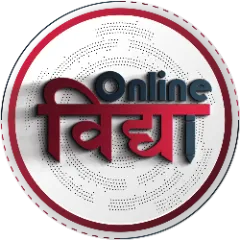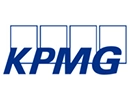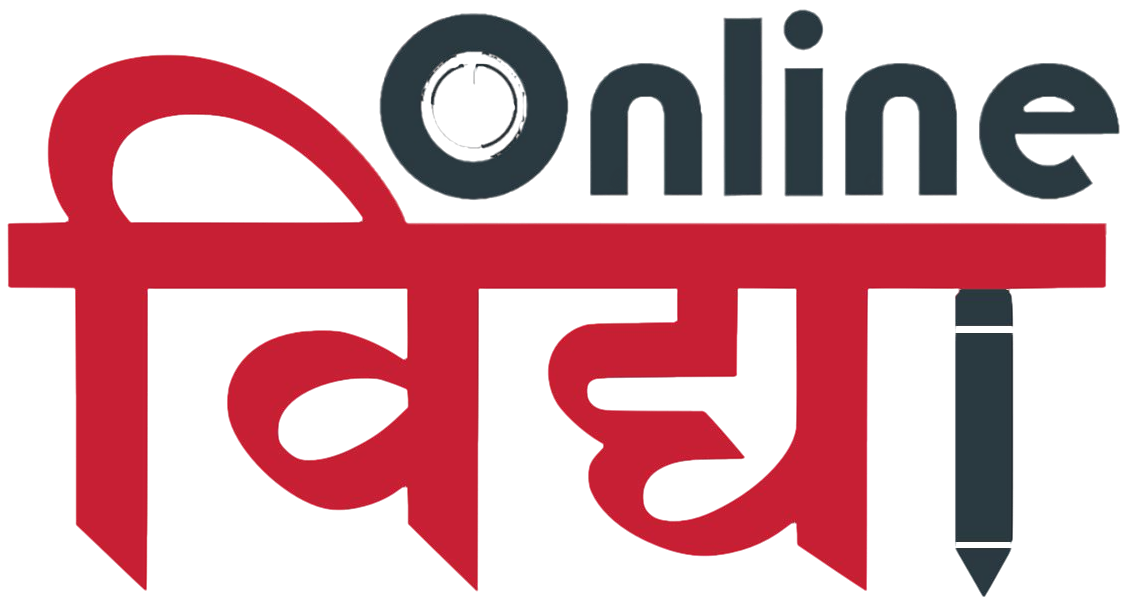Specializations
Courses Available
Courses
How to write an attractive Job CV for Experienced in 2024?
How to write an attractive Job CV for Experienced in 2024?,May 10, 2024
Information
May 10, 2024
4666 Views
- Share:
Sending your resume to potential employers in an effort to apply for a job can be a difficult task. Your CV is going to be the very first document that hiring managers see, no matter the sector you work in or the organization you are applying to, therefore it must be flawless. A well-written increases the chances of getting a call for an interview from potential employers. In this post, we'll go over CVs—what they are, how to create one for experienced people, why they're essential, and how to use samples and templates.
What is a CV?
CV abbreviated to Curriculum Vitae is a Latin Word for “course of life”. It shows a person’s professional and academic background. It is essential for the recruiter as it helps them to identify the candidate who will be the best match for the job profile. It contains all of your industry-relevant and professional achievements like research, professional memberships, publications, and lectures or presentations you have presented during your career.
Also Read: Why should pursue Dual degree programs?
How to Write an Attractive CV for Experienced?
- Collect your work-related details.
Writing a CV that draws attention needs preparation. We will discuss here what will be the necessary things you will need before starting to make your CV.
Examine your applicable information carefully to be sure it meets the requirements of the position you are applying for to guarantee a well-prepared resume. Take some time to put together a lengthy list consisting of the following:
- Impressive quantitative accomplishments from your past work that show your efforts and achievements.
- A comprehensive evaluation of your technical, hard, and soft talents that correspond with the job description's requirements.
- Write about your previous work experience along with all necessary details related to that job like the company name, your job profile, the duration for which you have worked there, and other related and relevant details.
- Make a list of your educational background details by mentioning the institution's name, degree, or any other certificate or reward that is related to your job profile.
- Gather information related to internships or volunteering work if you have done any related to your field.
- Add any awards or distinctions you have that display your exceptional skills or relevance.
- Compare these skills to the job description and make a list of any matches. Creating a CV that has been customized to an employer's needs is an effective way to get interviews.
- Choose the Most Suitable Resume Layout for your Requirements.
Selecting a resume format that best shows your qualifications is necessary after you have everything you need available. There are three common kinds. Select the one that most closely describes your level of employment history and your career goals by using the same aspects but arranging them differently. Below is a description of each format:
- The most popular resume layout is chronological. It is appropriate for those who want to bring out their work background while building a resume because this puts it front and center. It's suitable for individuals who possess everlasting professional experience and no pauses in their careers.
- The functional resume structure focuses on presenting your talents and training. It aims to bring focus on the skills that, no matter whether you are searching for your first job or a career change, make you a valued member of any team. People with gaps in their career history or little work experience are most likely to benefit from this approach.
- The best qualities of the functional and chronological resume styles have been combined in the combination resume format, regularly known as the hybrid resume. This resume style lets you point out the relevant job experience alongside your talents. Professionals who want to succeed in their jobs or people with more than 10 years of experience can consider it to be an excellent choice.
- Include your Contact Details.
One of the most important parts of creating a resume is to make sure your contact information is visible so that recruiters can reach you for an interview. The following details should be included in your resume's contact part:
- Your entire name.
- A trusted phone number.
- The email address you use professionally.
- Your ZIP code, state, and city.
- Links to your online presence, portfolio, or professional social media accounts.
- Add an Impressive CV Overview
CV overview displays the applicant’s short description of what is in the CV. It is considered an important part as if employers find the overview impressive, they will want to learn more about you and will glare at your CV more precisely and with deeper interest.
- Add a Job History area on your CV.
Hiring managers want to find out the benefits they can gain from employing you, so they'll look at your resume's employment history area to see how you've used your talents and expertise for the benefit of current and previous companies.
List three to five work achievements in bullet points for each employment, with quantification wherever possible. A 2018 CareerBuilder poll found that 34% of employers viewed a resume's lack of statistical accomplishments to be a guaranteed deal-breaker.
- Put a Skills Section on the CV to highlight your skills.
Whatever resume style you choose, you need to include at least one bulleted list of skills. To show your range of skills to recruiters, provide an assortment of hard and soft skills. Try to list an average of six to eight of your best skills in your resume's abilities section, given that the position you're looking for fits them.
- Provide a Correct Educational Background.
Knowing how to put your educational qualifications on a resume in effective and presentable manner is an important component of writing an effective CV for a job. What are the essential things to include in the education portion of a resume is given below:
- If you didn't go to college, provide your secondary school diploma or GED.
- Provide the name(s) of the institution(s) you studied and the courses you took if you went to college or graduate school but still need to finish your degree.
- If applicable, give the estimated graduation date. You don't have to give your graduation year if you graduated over a decade ago.
The following details need to be properly mentioned in each resume's schooling section:
- The name of your school, community institution, or university. If you didn't go to university, or if you are a student in high school, just highlight high school.
- Where is the school located? Inscribable the state and city.
- The month and year of your graduation. Write your expected date of graduation if you are not done yet.
- The program and the sort of degree you have or will gain.
Add the appropriate licenses, certificates, and training.
There are some courses like accounting, or teaching that demand certification, training, and license. Some applicants exceed their limits, gain experience and learn new skills through training programs and certificate courses.
Add an additional section on your resume to highlight your certificates, licenses, and professional training,
This is how to create an effective certificate section on a resume for any further education:
- The name of the certification, course, or license.
- Name of the organization or entity that certifies.
- The date on which you got the certificates.
- Your certificate's expiry date, if any. Mark the course as "In Progress" and indicate when you plan on finishing it if you haven't yet.
- Add Extra Sections in The Resume
How does one create a compelling CV? It takes more than simply checking all the demands to write an effective CV. Include extra things you have on publications, awards, awards, and volunteer work.
Add any published work or work-related recognition you've earned to highlight your accomplishments. They won't impede potential employers and will make you stand out.
Reward sections may be added to your resume if they can't be combined with other parts such as publications, volunteer work, awards, or accolades.
If the publication, honor, or award is associated with your degree, you can mention it in the education section as a bullet point under the name of the college or high school.
If it relates to a specific work, you may add it as a bullet point in your professional history section.
Under your education part, if there is space, make a separate section for honors, awards, or publications. Put them in a reverse chronological sequence as bullet points and mention which year you published or received them.
Volunteering can improve the CV of the candidate and show that the candidate is willing to work with dedication and has the potential to put effort into things. These qualities make you stand out from other candidates who lack volunteer work and are attractive to employers.
Usually, volunteer experience comes in a separate section at the bottom of the resume. You could make sure that the primary focus of your resume is on pertinent work experience by including volunteer experience in another section.
- Type this portion using the same form as your job history section: include your volunteer position addresses in bullet points along with a clear heading that says "Volunteer Experience."
- When adding extra qualification sections to your resume, choose cautiously what to include. Everything you provide in a one- to two-page paper has to make sense since there is limited room.
- Write the title of the optional qualification under your education (or certifications, if relevant) section. Then, indicate the titles of your certificates in one to five bullet points, along with the dates of their publication or achievement.
Professional CV writing guidance to help you get the job
How can one create a CV that satisfies the ATS and captures the attention of hiring managers? To succeed, remember these easy pointers! Are you looking for further advice on careers from professionals? Examine what the employer is searching in the CV and then mention it to increase your chances of getting hired.
- Every time you apply for a job, draft a CV, as per the job requirement or the position you are applying for. To do this, simply use resume keywords or phrases that are mentioned in the job description and customize your work experience, abilities, and goal or summary to the demands of the prospective employer.
- Take time only to work on your CV. While the process of composing a CV is very simple, creating a CV that stands out from the competition requires time and concentrated work.
- Write your resume without pausing to make adjustments as you go. Once you get everything down, let it a few hours calm down, then come back to it with a fresh perspective to improve the writing on your resume.
- In your work history section, only provide an experience which are applicable to the position you have applied for and requirements that you know are necessary.
- If you are looking for a job, provide up to ten years of work experience.
- Compose a cover letter that goes with it.
Conclusion
Well done! You've followed every suggestion we made on how to format a CV. You're now prepared to apply for your dream job since you have a strong CV. Not so quickly! Getting an interview requires more than just a perfect CV. Without an effective cover letter to go along with your CV, your job application isn't complete. So focus on both Hands in Hand. And after that prepare well for the interview.
Also Read: Learning The Important Functions of Financial Management
Frequently Asked Queries
In a CV, mention your skills, educational background, work experience, volunteering work, and internship details so the recruiter can find your potential and worth.
When composing a CV, keep your information precise and accurate. Draft the CV as per the job description and make changes accordingly. Plus make your CV neat and clean and write it in a format so that if anyone can read it, they will find everything they require immediately.

Meet Our Counselling Experts
Get 100% Free Career Counseling




PlacementPartners










Schedule Your 30 min Couselling Session With Today!!
Select a Date of your choice :
You Have Selected Slot on .

